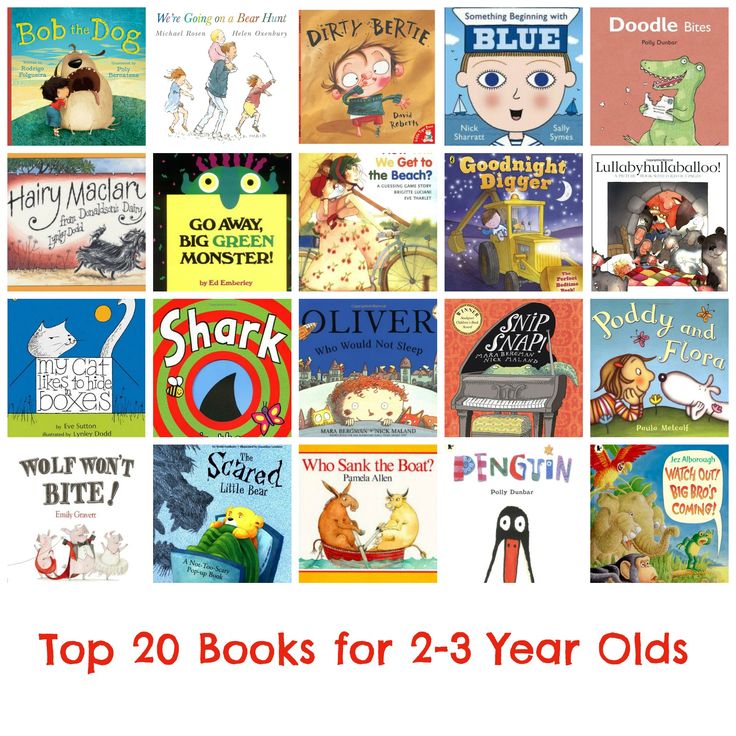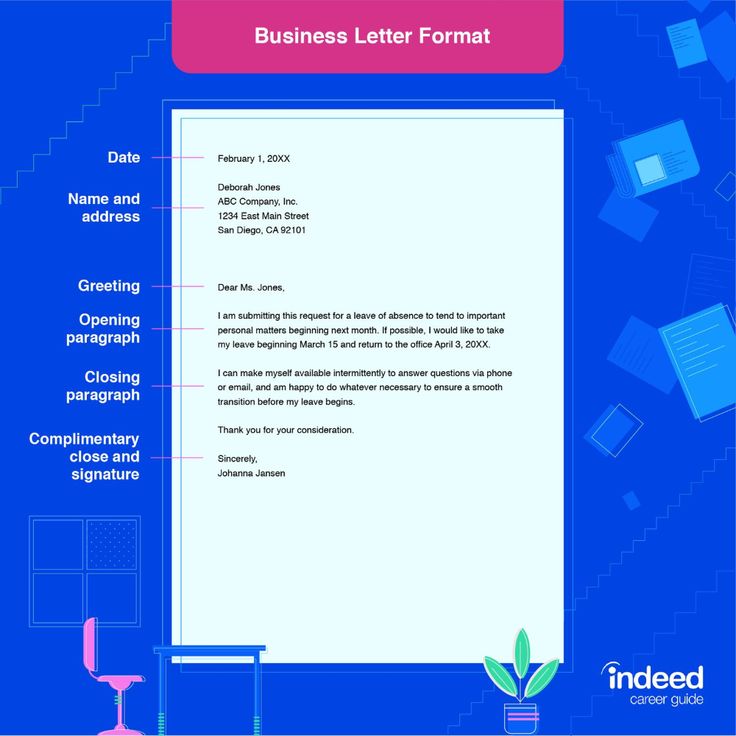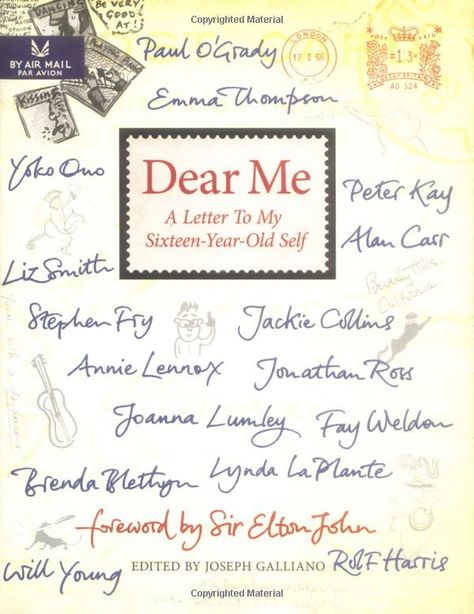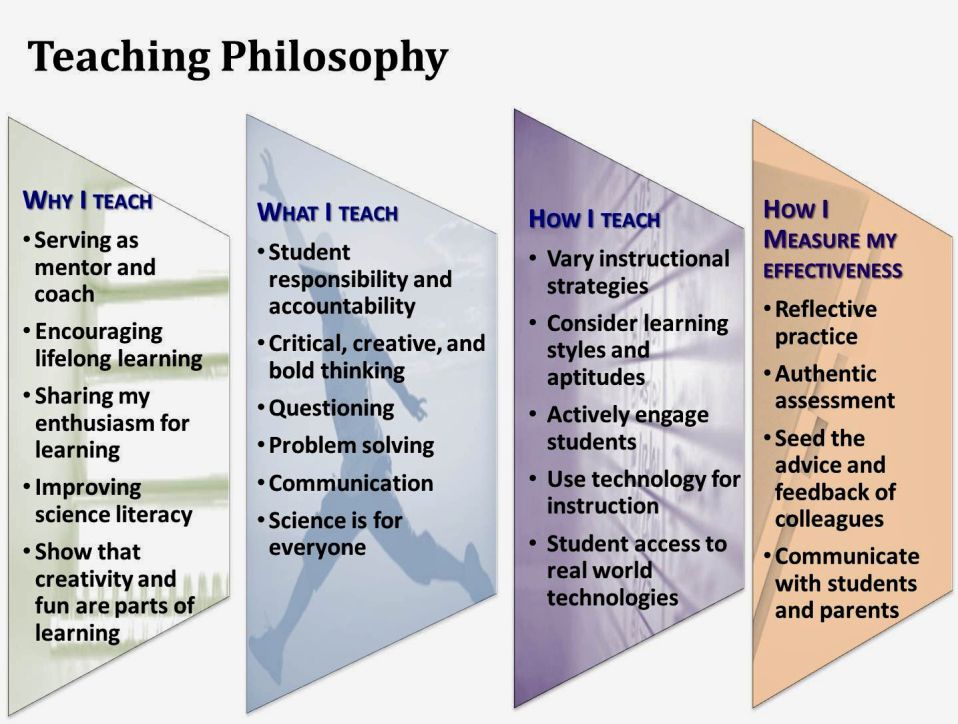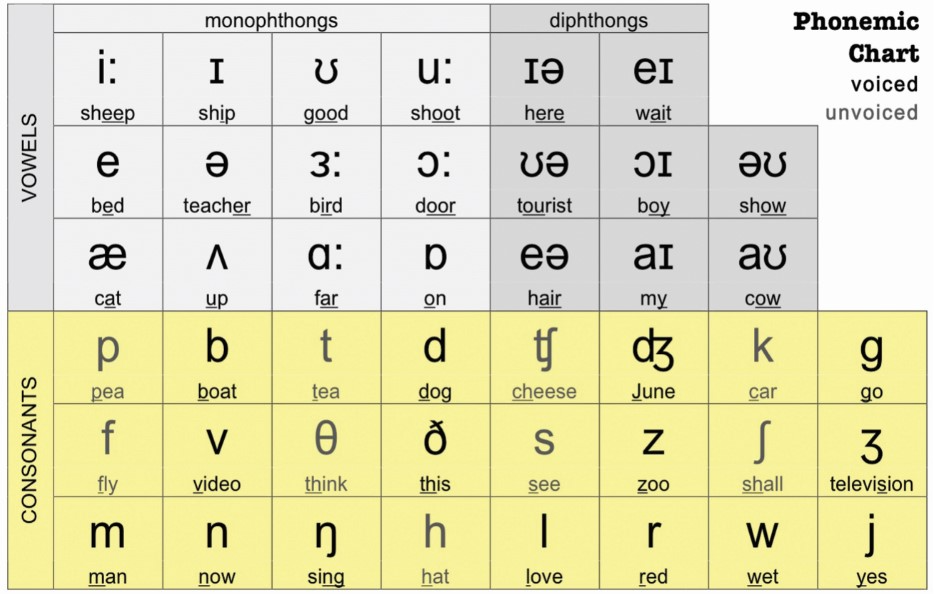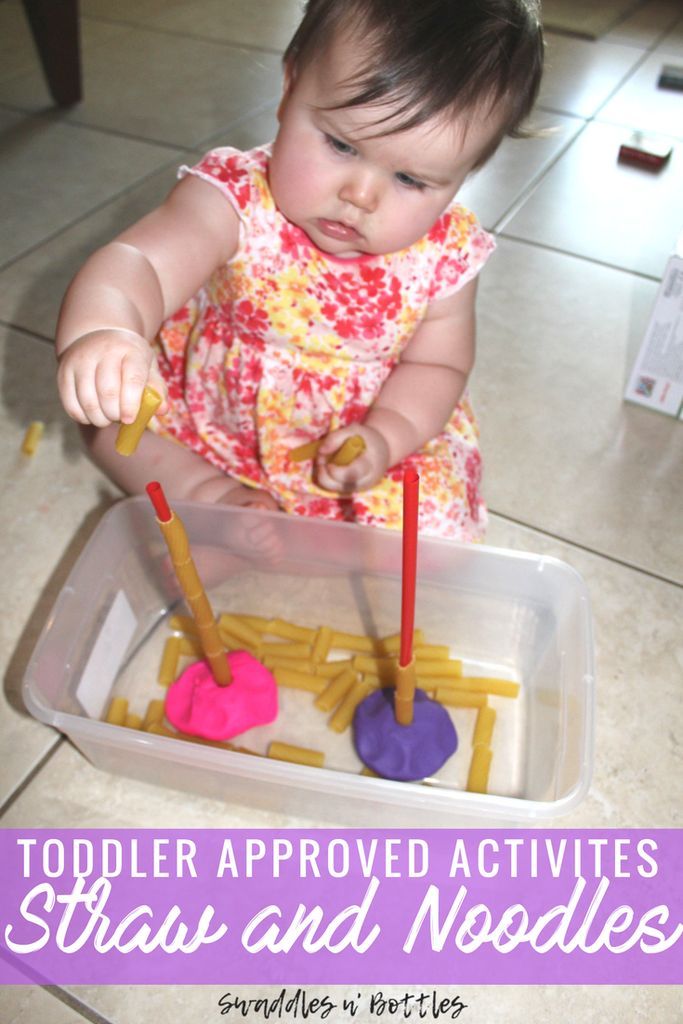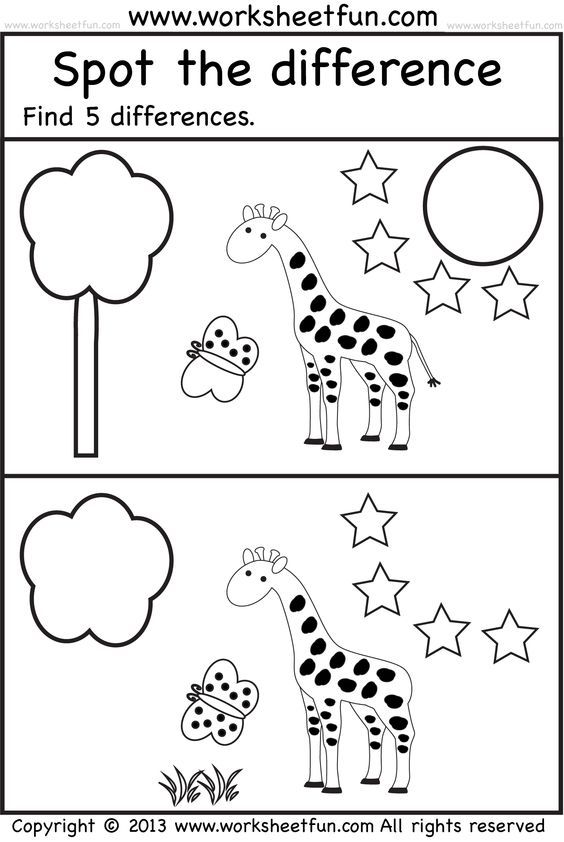Best books for kids learning to read
The Best Books for Beginner Readers
I’m just getting started with working on reading with my son, and the first time he sounded out the word “sat” — and really got it — his entire face lit up like he just saw Santa’s workshop at the North Pole. In a word, it was magic.
There are all kinds of different approaches to teaching reading to little kids. Probably the one with the best evidence behind it — to the point where some people claim it’s the one-and-only way to do it — is phonics-based instruction. Put simply, this entails focusing on sounds over letters, per se. Phonics-based learning is great! But there are other pathways, too, and you know better than anyone what kind of approach is going to resonate most with your child.
If you haven’t started yet, an excellent precursor to reading lessons is simply to point to words and move your finger along while you read to your child — this demonstrates that the words actually convey something, and gives an indication about the general patterns involved (spoken words correspond to written words, left to right, top to bottom, etc.
in The Atlantic — which entailed teaching his 4-year-old to read over the course of a summer — and what’s most incredible about his success story is that it’s not outlying. Yes, many parents sing the praises of this book.
The Question of
WhenThere is no one-size-fits-all when it comes to a child’s age and reading. Seriously, we could go on for pages and pages and pages about this — there’s an entire academic literature devoted to it, and everyone has an opinion. The AAP notes that most children learn to read around 6-7 years — which may come as a surprise to many parents (myself included) who fully expect their children to be reading at/around 5-years-old. If you ask the Montessori or Waldorf schools, they have an even more hands-off approach, and often don’t actively teach reading until second grade (!).
*Note — teaching reading outright is separate from reading to kids and literacy exposure, which can and should be done as early and often as possible to ensure reading success down the road.
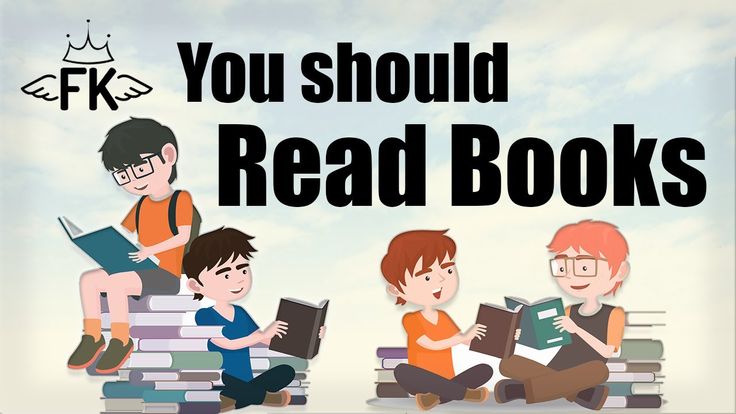
Of course there are pre-K kids who can and do pick up reading, which is great, but all this is simply to say that many of us — and even some school systems — harbor unrealistic expectations about when children should be reading by. In some ways, the entire debate mimics the “when to potty train” question — even the arguments on both sides of the fence sound similar, hah. There’s an interesting (and short) article delineating the discussion here, if you’re interested in a primer. Wherever you stand, it’s worth knowing that there’s no right-age-to-start, and there certainly aren’t any deadlines.
Once you’re on your way — whether you’re in the early learning stages or your child is already reading — it’s always great to have fun options on hand so your child can put their skills to use — and get excited about using them. Below are some of our favorite books for beginning readers — please share your family’s favorites in the comments!
Happy
readinglistening, ya’ll!Best Books for Beginner Readers
Complete Book of Farmyard Tales, Heather Amery, illus.Stephen Cartwright
This book includes 20 cute stories on the farm, and every page includes two reading options — one for beginners (at the top of the page) and one for more advanced readers (at the bottom). You can start by having your little one read the top of the page while you read the bottom and slowly let them work their way towards the more advanced text. Also comes with audio (it’s a CD, though… does anyone still have a stereo???).(Also available here.)
Usborne My First Reading Library
A collection of 50 books that progress from “first reader” to level one then level two. The initial level uses very simple words and short sentences, and by the end, the stories feature longer sentences and stories. Parents agree that this set is a *fantastic tool for reading instruction, and it’s a great value. Yes, this is a standout set when it comes to teaching your child to read, and many parents also say that this helped bring their kids from reluctance to excitement about the whole endeavor.
(Also available here.)
BTW, when it comes to books categorized by reading level, it’s better to overshoot than undershoot. “Although many people may think keeping students at one level will help prevent [kids] from getting frustrated and discouraged by difficult texts, research shows that students actually learn more when they are challenged by reading materials,” experts say.
One other thing to be on the lookout for if you’re relying on leveled reading texts is that some of the entry level books are so simple that children can easily memorize them, or else easily guess what they say from the pictures, and thus miss out on the opportunity to sound words out. This isn’t necessarily a problem — as my son’s amazing teacher (who also happens to be a literacy expert) told me, “there are many ways to read a page” — it’s just something to be aware of.
Anything & Everything Mo Willems (Like this
Elephant & Piggie Collection)I think we recommend Mo Willems books in pretty much every section of this guide — he’s awesome! These were some of my favorite books to read to my kids; but with big text, simple sentence structure and easy-to-follow illustrations, Mo Willems’s books are also a fantastic launching point for beginning readers.
Plus, these are seriously laugh-out-loud for kids and parents alike.
Peppa Pig Phonics Boxed Set
These short and simple Peppa Pig books (from Scholastic) are perfect for beginners. They are easier than the “regular” Peppa Pig books, and kids who already love Peppa Pig are super into them. Includes ten Peppa Pig storybooks, each of which focuses on a specific sound, plus two phonics workbooks.
@Amazon reviewsFrog and Toad Books, Arnold Lobel
An oldie but a goodie! This set comes with four of the classics that are great for beginners (they’re a level 2 “I Can Read”). These books just have such a pleasant cadence to them too, once your kiddo gets them down.
@Amazon reviewsJonathan Fenske Books
These early reader titles are funny, simple, and also open the door to talking about emotions with your kids. You can’t go wrong with any of Fenske’s series, but A Pig, a Fox, and a Box and Hello, Crabby! are two good choices if you don’t know where to start.
Henry and Mudge Books, Cynthia Rylant, illus. Sucie Stevenson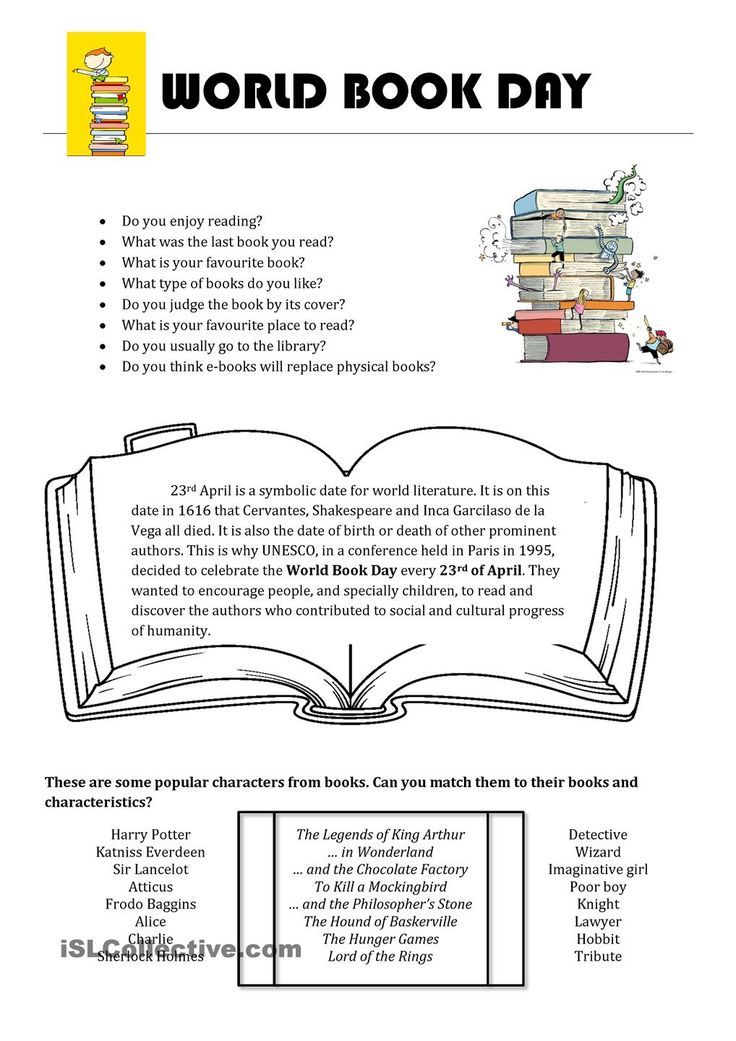
These Ready to Read level 2 books about Henry and his huge dog Mudge are so cute. (The series opens with Henry begging his parents for a sibling, and instead they give him Mudge. 😂) Henry is such a sweet kiddo, and his adventures with Mudge follow lovable, simple storylines that kids love.
Fly Guy, Tedd ArnoldKids think these books about a boy and a fly who become friends are hilarious. (Boy Buzz adopts fly as pet… ) If you like the first one, check out the set of eleven Fly Guy books.
Jack, Mac Barnett and Greg PizzoliThis series about Jack the rabbit, who lives in a treehouse and gets into all sorts of mischief, also includes drawing instructions at the end, which is a fun add-on. However, much like with Dory Fantasmagory and Junie B. Jones (see below), many parents and teachers raise concerns that Jack is not exactly the model character, and never seems to learn from his wrongdoings.
(namely, characters are less-than-well-behaved). And while yes, on the one hand, this can definitely have the potential to instigate problems, it also offers the opportunity to engage your child in conversations about good or bad choices, kind behavior, responsibility, and the like. People don’t act perfect in real life, either, after all!
Little Bear Series, Else Holmelund Minarik, illus. Maurice Sendak
With illustrations from the beloved Maurice Sendak paired with the classic stories of Little Bear and his daily activities, these books are heartwarming and timeless.
Amelia Bedelia, Peggy Parish, illus. Fritz Siebel, Barbara Siebel Thomas and Wallace TrippYou remember Amelia Bedelia, right?! Every time I think of these stories I remember the time my grandma put a whole carton of frozen veggies, paper packaging and all, right in the pot on the stove. “It said to put the whole thing in there!” she said. 😂 These level 2 “I Can Read” books are so fun — they follow what happens when Amelia Bedelia takes things literally.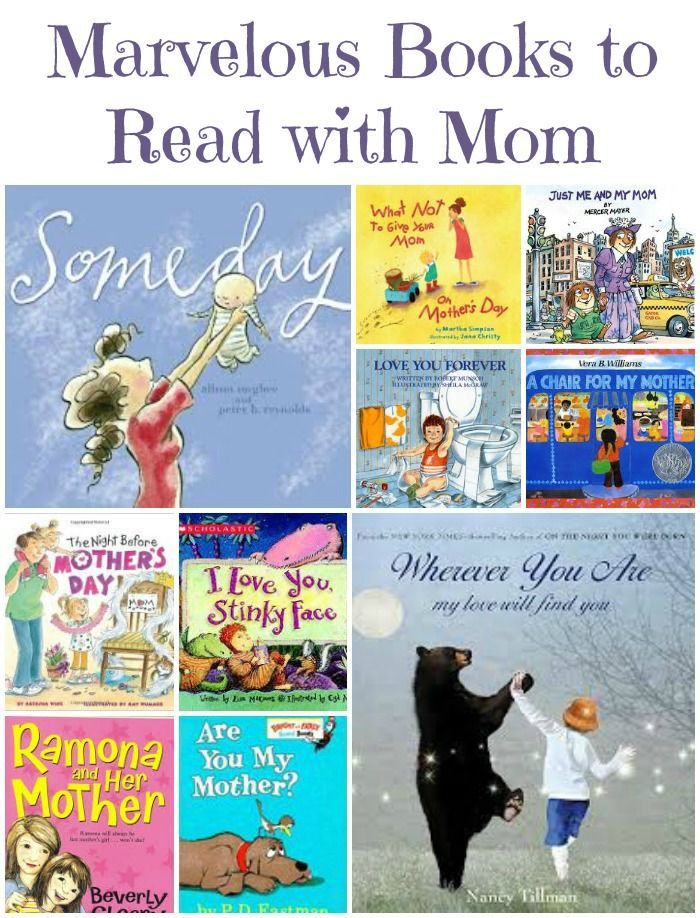 (Please note: these books were written in the 1950s, so they come complete with 1950s gender stereotypes.)
(Please note: these books were written in the 1950s, so they come complete with 1950s gender stereotypes.)
When you’re ready to take it to the next step:
Jada Jones, Kelly Starling Lyons, illus. Vanessa Brantley NewtonThis four-book series kicks off with Jada making a new friend at school after her best friend moves away — we love that the series features a brave female character of color in her everyday life.
Dory Fantasmagory, Abby HanlonThis funny series about a snarky little girl with a big imagination is a kid and parent favorite. Be warned, though: Dory’s siblings and parents are brutal! Yes, a frequent complaint about these books is that they don’t necessarily model polite, kind family dynamics (or language). If that doesn’t bother you, it’s tons of fun.
Anna Hibiscus Books, AtinukeThis series follows Anna and her family’s life in Africa — the books are beloved for their compassion, engaging stories, and caring depictions of family; plus, they expose kids to another culture to boot.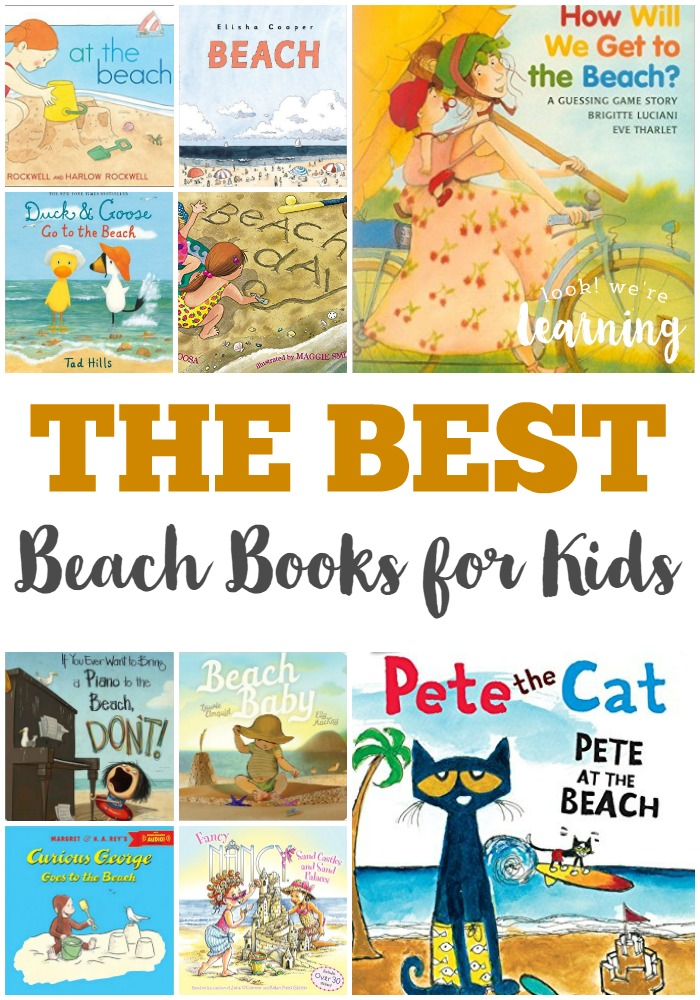 It’s a little more challenging, FYI, so it’s probably best for readers with a little more experience.
It’s a little more challenging, FYI, so it’s probably best for readers with a little more experience.
These silly books about Junie B’s school days are a classic — and yes, Junie B is a total brat. To some, she stands in welcome defiance of gender norms; but if you don’t want your kid reading about a rude main character, better steer clear!
Lastly — many of the first read-aloud chapter books we recommend are also great for slightly more advanced beginning readers. In particular, check out the Zoey and Sassafras books, Mia Mayhem, The Bad Guys, Mercy Watson, and the entire (seemingly infinite) Magic Treehouse series.
Congrats, parents — how far have we come?!
Let us know what your kids love reading 🤩.
See also: Best Board Books and Fun Reads for Adults (from 2020).
About the Author
Brit is the author of Carrying On: Another School of Thought on Pregnancy and Health and Rest Uneasy: Sudden Infant Death Syndrome in Twentieth-Century America.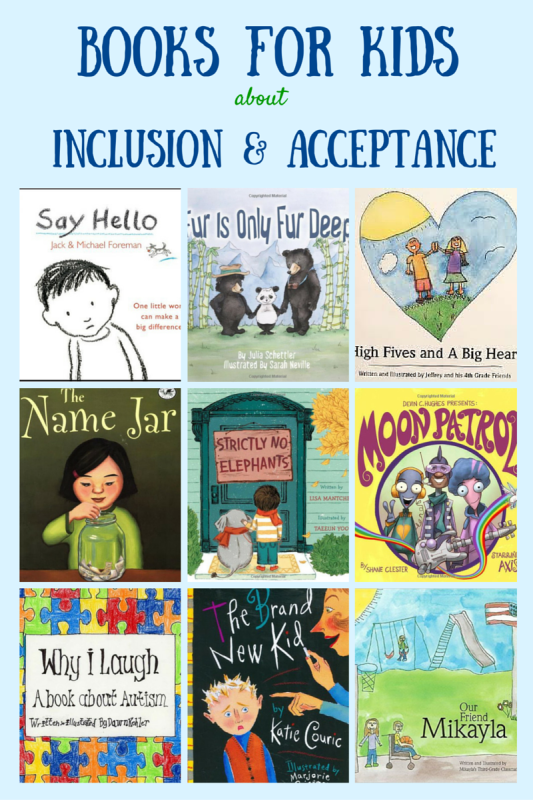 She has an MA and a PhD in history and previously worked as a medical history professor. She's taught and written on the history of women’s health, pediatrics, parenting, and motherhood. Brit lives in Maine with her family and spends her days reading esoteric academic literature, walking, listening to audiobooks, and writing about anything that interests her (which is many things). Outside of work, you can find her packing lunches, waiting out a tantrum, making a list, or looking for something one of her kids lost. Her favorite time of day is after her kids go to bed.
She has an MA and a PhD in history and previously worked as a medical history professor. She's taught and written on the history of women’s health, pediatrics, parenting, and motherhood. Brit lives in Maine with her family and spends her days reading esoteric academic literature, walking, listening to audiobooks, and writing about anything that interests her (which is many things). Outside of work, you can find her packing lunches, waiting out a tantrum, making a list, or looking for something one of her kids lost. Her favorite time of day is after her kids go to bed.
Ten Books for Learning How to Read
Your brilliant child knows how to write their name, can read “Stop” and "Sale" and knows the sounds of the letters of the alphabet.
How can they make the leap to reading a book on their own?
Ease your child into reading by providing a book that is just right for that first step. The books on this list are delightful and engaging. They have few words per page, with simple text, rhythm and repetition.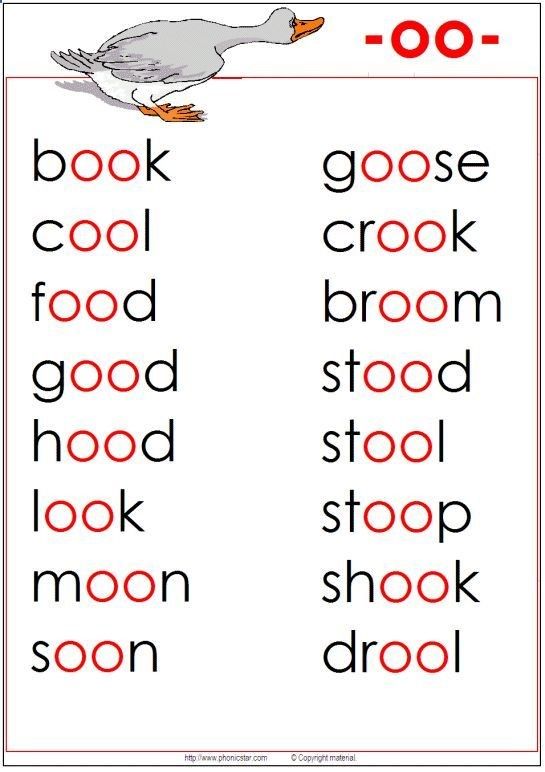
Be sure to read the book to your child several times before asking them if they would like to try. Above all, keep it fun and relaxed. Help your child when they ask for it. Enjoy the journey!
Funny Favourites
The hilarious Elephant and Piggie books are my top recommendation for children learning to read. Show your child how much you enjoy books by reading expressively. Whisper the words in the tiny print, and shout out the words in large print. Point to the words as you read them. After reading the book to your child a few times, ask them to read it to you.
Also in the funny category is Shh! We Have a Plan! by Chris Haughton. In this award-winning book, a group tries to capture a bird and learns that the gentlest approach is best. The repetitive, simple text is just right for early readers. If your child likes this, try Chris Haughton’s other books from our collection.
Bring out the Rhythm and Rhyme
Rhyming books like Hop on Pop by Dr.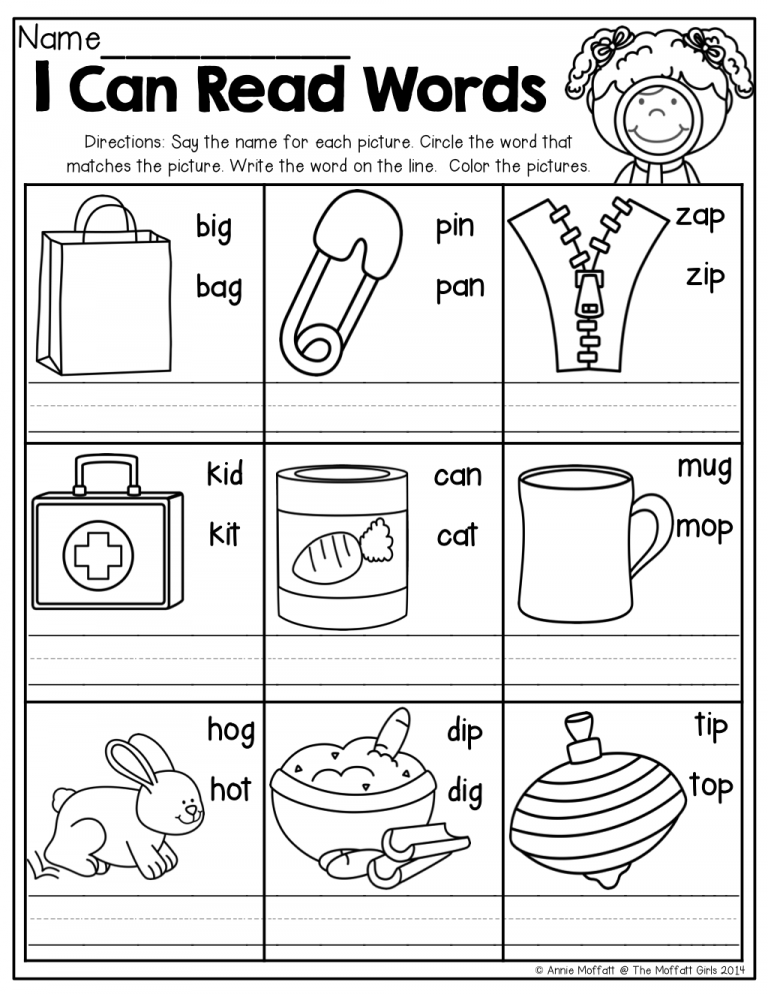 Seuss and Go, Dog. Go! by P.D. Eastman are incredibly effective at teaching little ones how to read. My children all learned to read with these two books. Bring out your silly voice and declare “Stop! You must not hop on pop!” The rhyming words will help your child unknowingly learn phonics.
Seuss and Go, Dog. Go! by P.D. Eastman are incredibly effective at teaching little ones how to read. My children all learned to read with these two books. Bring out your silly voice and declare “Stop! You must not hop on pop!” The rhyming words will help your child unknowingly learn phonics.
Rebus Books
We Love Our School is a rebus book, meaning some of the words are replaced by small pictures. You can read the words while your child “reads” the pictures and enjoys the experience of reading together. For more rebus books, try The House that Jack Built, I Love You: A Rebus Poem, or Mother Goose Picture Puzzles.
Best for Preschoolers
For those with very young emerging readers, choose stories with familiar plots, engaging images and very few words per page. Repeated phrases will help your little one decode the printed words.
I'm a big fan of The Maisy books for early readers. Children are drawn to Lucy Cousin's child-like art. The text is simple and the stories are enjoyable.
The text is simple and the stories are enjoyable.
Before Dav Pilkey wrote Captain Underpants, his Big Dog and Little Dog entertained children with their cute antics. Pilkey captures complex emotions in his simple line drawings. The repetition in the text will help your young reader recognize and remember words.
A favourite early reader in our house is Here are my Hands by Bill Martin. “Here are my hands, for catching and throwing, here is my head, for thinking and knowing. Here are my knees for falling down, here is my neck for turning around.” I love the rhymes and vibrant illustrations.
Now I Am Big by Stephen Krensky and Sara Gillingham is another great choice. I love the vintage colour palette, flowing rhythm, and positive message. Krensky’s other books in this series are just as appealing.
Brown Bear, Brown Bear, What Do You See? is catchy, classic poem that your child will soon memorize. Your preschooler will be happy to turn the pages and read the book to you.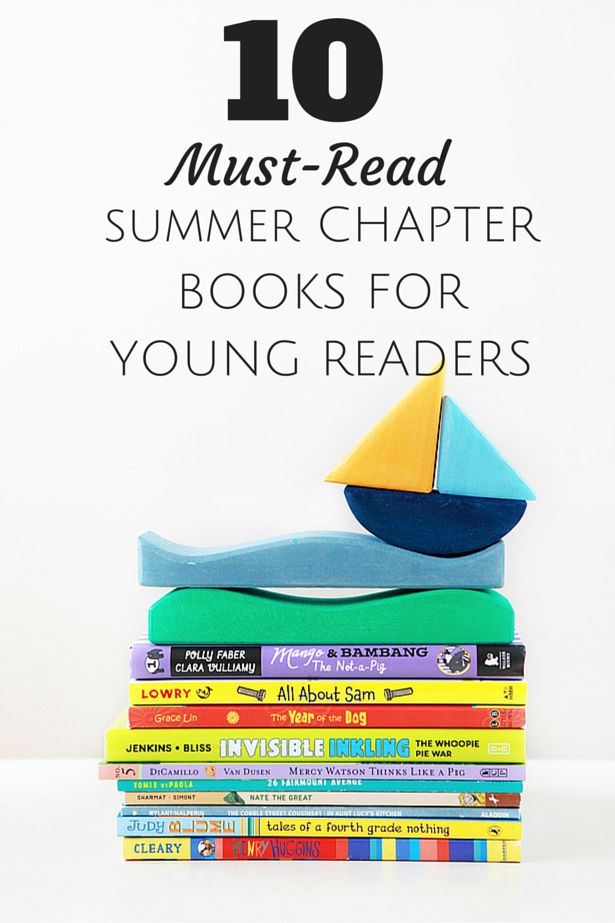
Bonus Books #11 and #12: One-Word Books
For children who are very hesitant to read on their own, one-word books are a great way to boost their confidence. Two of my favourites are Hug! by Jez Alborough or Moo! by David LaRochelle.
Your child will learn to read when they are ready and willing. We advise you to never rush the process. Make some of these books available along with your other favourites, and let your child choose the book at storytime. Once your child is able to read, don't hang up your storytime hat. Your child will still love to be read to by you for many years to come. And trust me, you'll miss it when they stop asking you to read them a story! Happy reading, everyone!
5 best books for children who have just learned to read
Share with friends
At the moment when a child has learned to read, when he is ready to move from simple words and sentences to his first texts, it is very important to support him.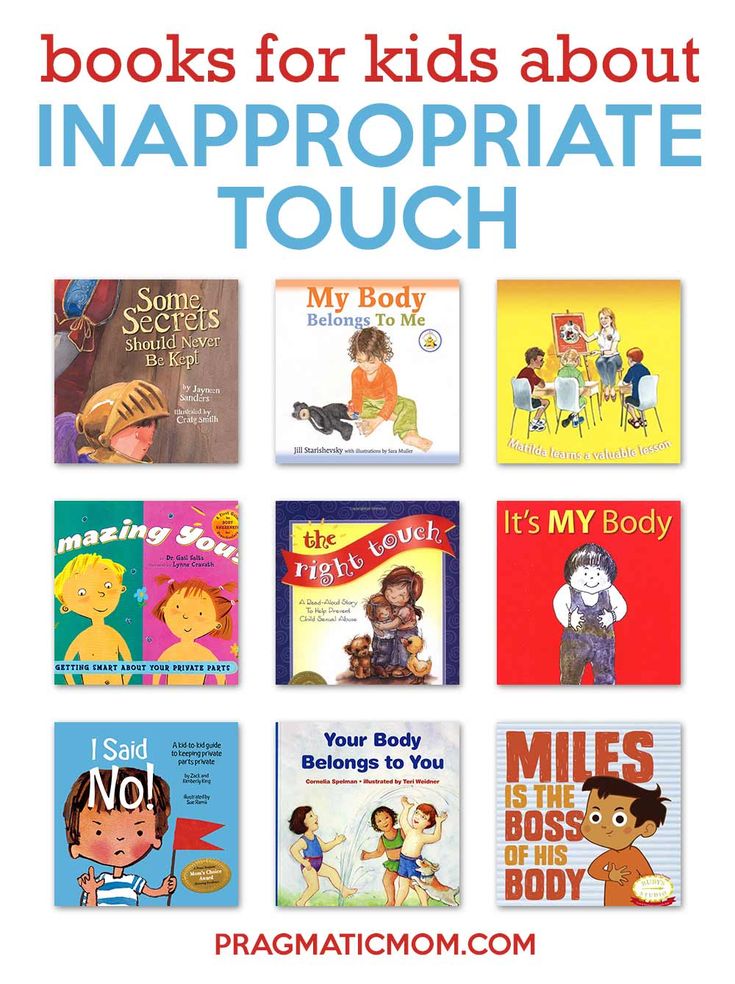 Suggest books for independent reading that are really interesting and easy to read. Tatyana Slavinskaya, head of the Children's Book Chest and Mainbooks projects, shared with us a selection of win-win options.
Suggest books for independent reading that are really interesting and easy to read. Tatyana Slavinskaya, head of the Children's Book Chest and Mainbooks projects, shared with us a selection of win-win options.
In general, there are a lot of books from which you can start reading on your own. Everything will do: baby cardboard books, in which there is little text and a lot of pictures, and stories written in large print, and comics, and, of course, series of books specially created for these purposes.
It is usually very easy to identify them. Such books usually have some text printed in clear, contrasting type on a white background. They have a lot of dialogues, punctuation marks, texts are written in short sentences. There are also pictures, but they are either not bright or not very large (pictures, on the one hand, allow the eye to rest, on the other, they do not distract from the main thing - from reading).
There are many such series now, but not all of them are equally good.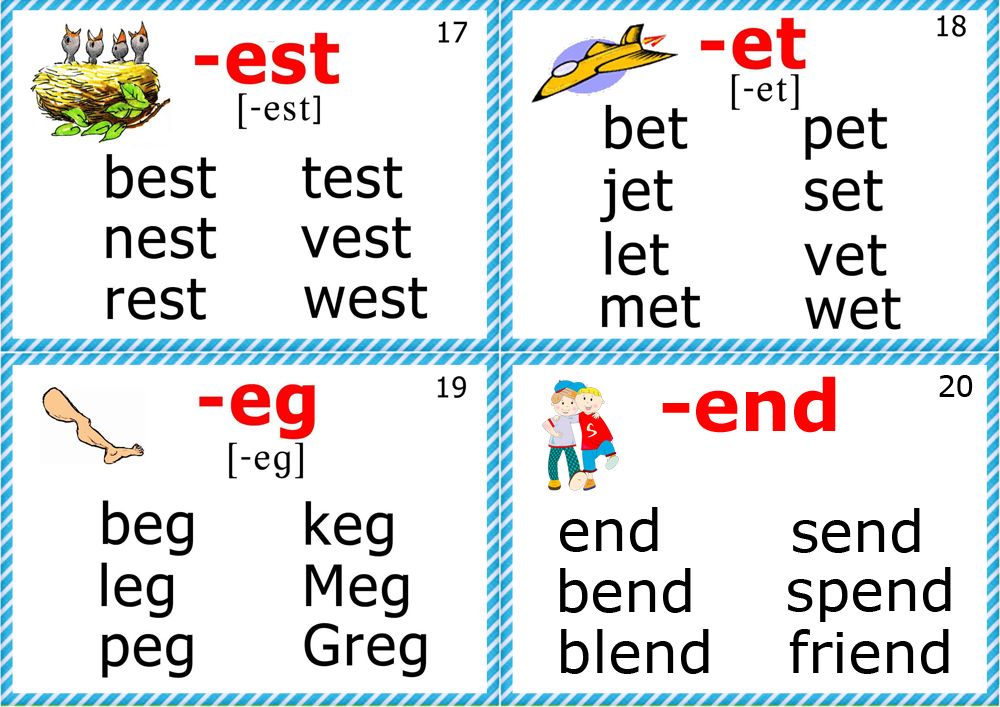 If it is important for you at the initial stage to interest the children in independent reading, I would recommend these series.
If it is important for you at the initial stage to interest the children in independent reading, I would recommend these series.
Bear Stories by Elsie Homeland Minarik
The Bear cub books published in the I Read Myself series are some of the best of their kind. All of them contain 4 stories, each of which is an adventure of a little bear cub and his friends. The plots are captivating, the texts are simple, the words are short. These books are perfect for the first independent reading.
Elsie Homeland Minarik came up with these stories for her daughter, then made copies for the students, and only when the whole school was already reading The Bear cub did she decide to publish it. Curiously, the first publisher she approached offered to replace the bears with children. The writer did not agree and sent the manuscript to Harper & Row (today the very famous Harper Collins publishing house). And then a miracle happened - the book became the first in the I can read series, invented specifically for those who are just learning to read.
Series "The Fox and the Bunny: I read myself" by Sylvia Vanden Heyde
8 books have been published in the series "The Fox and the Bunny: I read it myself". All of them are collections of stories, the main characters of which are the Fox and the Bunny. These books are distinguished, firstly, by the font in which they are written. It is of different sizes. Some sentences are written in small print, some in larger print, and some words are highlighted very large. As a rule, those words that intonationally want to be read more emotionally are highlighted large (this emphasis, whether you like it or not, automatically makes reading expressive).
In many stories, those words that are difficult to read, the meaning of which is not very clear, stand out, thereby attracting attention to themselves, making it easier to get to know them.
All these stories are very dynamic. They are interesting to read. And even if it’s difficult for a novice reader, the desire to find out what happened next with the heroes will help to cope with difficulties. And more importantly! Some of these stories are about issues that are uncomfortable and difficult to discuss: about differences, about complex concepts, about relationships and much more.
And more importantly! Some of these stories are about issues that are uncomfortable and difficult to discuss: about differences, about complex concepts, about relationships and much more.
So, for example, in the book "See you, Fox and Bunny!" there is a short story "Speckled" about the hen Ko-Ko, who was told for a long time that she was not a proper chicken, because she did not look like ideal chickens should look. Ko-Ko suffered and even did a lot to become like everyone else. What came of it and whether you need to be like everyone else, read in this book.
Edward Ardizzoni's "Tim's Sea Adventures" series
Very English stories about Tim's sea adventures. The series includes five books: "Tim and the Brave Captain", "Tim and Red Ben", "Tim and the Kid", "Tim Left Alone", "Tim and Charlotte".
The main character, the boy Tim, is a very attractive character, a real positive character. He is noble, honest, courageous, hardworking, with good motivation, and even studies for five.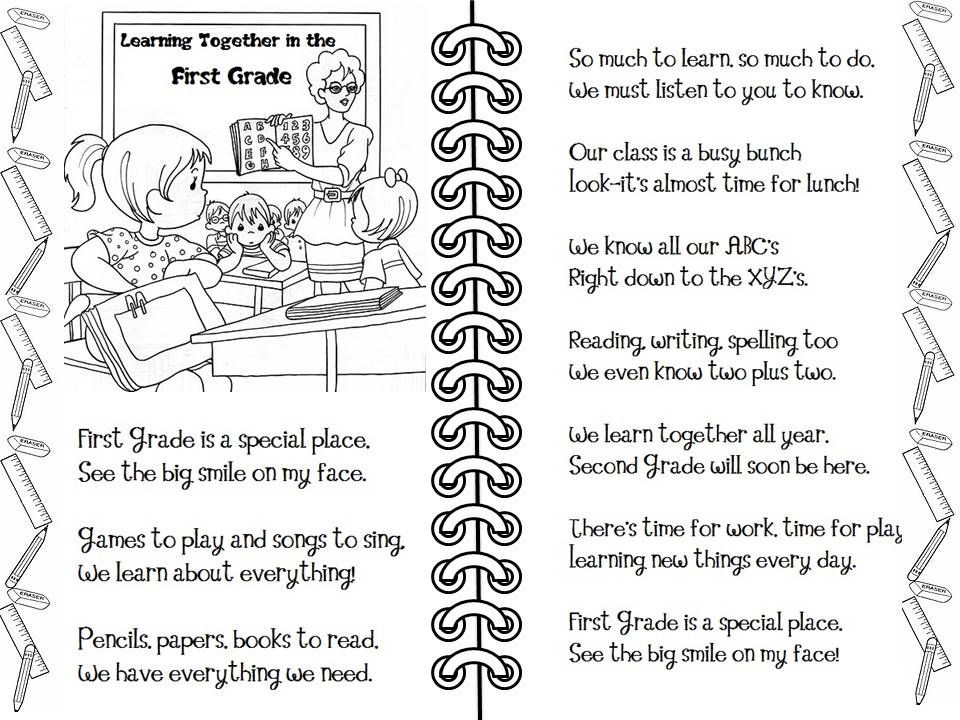 He loves his home and parents, and he also passionately loves the sea and everything connected with it. In each of the books, Tim embarks on perilous journeys, encountering hardships and challenges that he certainly manages to overcome. All these stories always end well. Tim is great.
He loves his home and parents, and he also passionately loves the sea and everything connected with it. In each of the books, Tim embarks on perilous journeys, encountering hardships and challenges that he certainly manages to overcome. All these stories always end well. Tim is great.
The author composed this series for his own children. The artist recalled that the book was not born immediately: the children asked to repeat their favorite story over and over again, and this gave him the opportunity to hone his skills. Moreover, the sons of Ardizzoni turned into co-authors: they often intervened in the course of events, changing them to their liking and generously sharing their own fantasies and dreams.
All the stories about Tim are exciting, and besides, they are well-published: clear font, little text, colorful illustrations, convenient format. This makes them ideal books for first reading. Especially for boys. Especially adventurous.
Dune and Happiness series by Ruse Lagercrantz and Eva Erickson
So far, 7 books have been published in this series. Her main character is a girl, Dyunne, who is in elementary school. The first book in this series is about how a girl went to first grade, what it's like to wait, get ready, collect a portfolio countless times, what it's like when you enter the classroom for the first time, get to know the teacher and classmates. Dunne learns how the first school friends appear and how the first failures, quarrels and partings are lived when your dearest and closest person leaves for another city.
Her main character is a girl, Dyunne, who is in elementary school. The first book in this series is about how a girl went to first grade, what it's like to wait, get ready, collect a portfolio countless times, what it's like when you enter the classroom for the first time, get to know the teacher and classmates. Dunne learns how the first school friends appear and how the first failures, quarrels and partings are lived when your dearest and closest person leaves for another city.
In the following books, the adventures of Dunne, her classmates, relatives and friends, her best friend Ella-Frida continue. As the story progresses, Duney grows up, moves into the second, and then into the third grade.
This series is perfect for beginner readers, not only because of the dynamic plot. It has a lot of pictures, the font is large, contrasting, it is not very much. These books are easy and interesting to read for those who have just learned how to do this, because "Dunne and Happiness" is a series about them, about young readers who are in elementary school.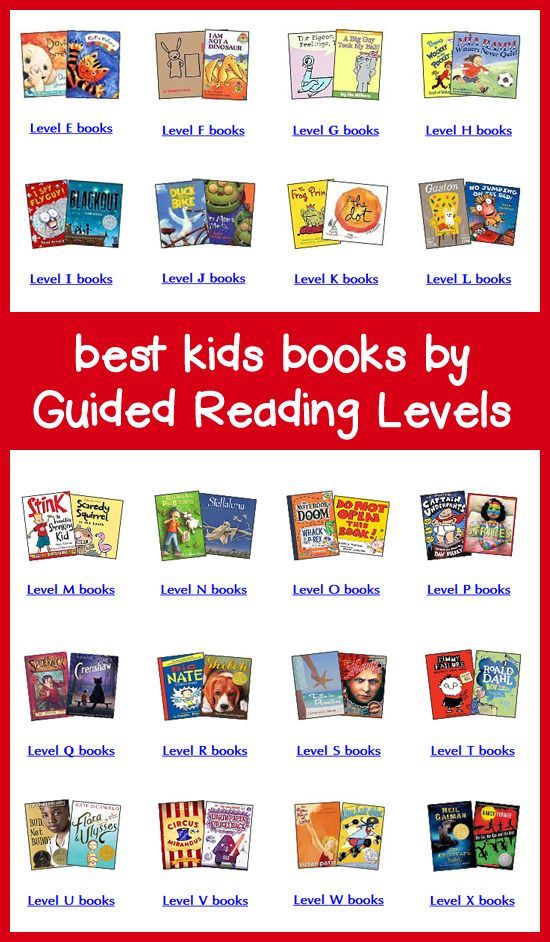
Lena Anderson's series about Hvoinka the hedgehog
All these books are very sweet and gentle, touching and reverent. The text of the translators turned out to be very melodic, in addition, it is written in a very regular capital font. And this means that books about the Hvoinka hedgehog can be recommended to those who study in the first or second grades for rewriting and working out handwriting.
It is true that these books are very easy to rewrite: their font is large, the letters are perfect, both large and small are written clearly, all connections, both upper and lower, are perfectly visible. The entire text is divided into lines, the size of which fits perfectly when a child rewrites a line in a regular school notebook. If this topic is relevant to you, I highly recommend it.
Subscribe to our Viber community and telegram channel to keep abreast of all the news.
Do you know the news? Write to our Telegram bot. @new_grodno_bot
13 options for children from 5 to 10 years old
Polina Kalmykova
literary critic and mother
Author profile
Choosing the first book for independent reading is a very quivering moment: you want the kid to get such a publication make him fall in love with reading once and for all.
But this rarely happens, and in order for reading to become a favorite habit, you need to gradually cultivate this skill, year after year, surrounding the child with interesting and high-quality literature. This article contains examples of books that will help children get used to reading.
Choose for what age the book is needed:
- 5 years
- 6 years
- 7 years
- 8 years
- 10 years old
what to read at 5 years
years old - five years - five years - five years - five years - five years the time of the first books that children read on their own. Special publications will help you master a new skill, the authors of which use short sentences and divide words into syllables.
So that in the future reading is not associated with boredom, difficulties and moralizing, during this period it is important not to overload the baby with text and interest in stories. For example, short fairy tales or stories with familiar plots from life are suitable.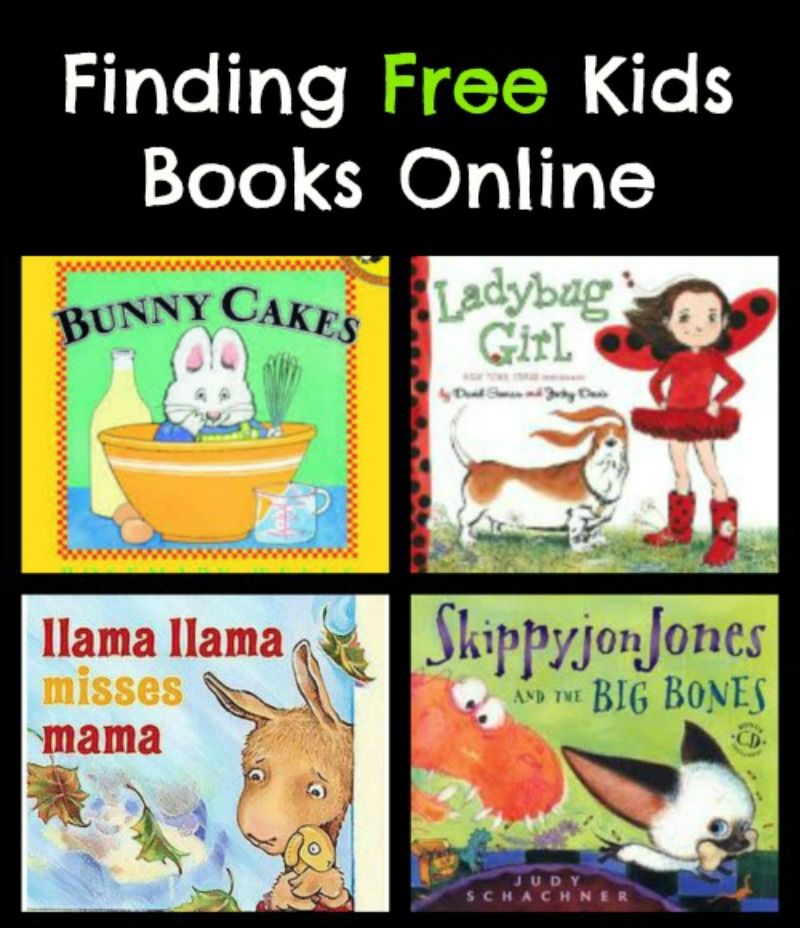
Whose side?
Author: Tatyana Russita
How much: 545 R
Where to buy: on the site of the publishing house "Mann, Ivanov and Ferber"
"Whose side?" — a set of eight microbooks for those who have just learned how to put letters into words. Each book has only a few pages on which a simple plot unfolds: a boy runs away from a swarm of wasps or a cat wakes up the whole family at night.
There are only two or three words on each page, and there are no more than four letters in the words themselves: it will be easy for even a completely novice reader to keep their attention. The books come with stickers with the inscription "Read" - they help the child mark progress and stimulate reading the next book in order to mark it with a sticker as soon as possible.
For the kids who coped with this set, the author came up with the following: "House for Foxes" with six-letter words, "One, two, three - freeze!", where seven letters can meet in a row, and "Cat Sock" - with words of any length.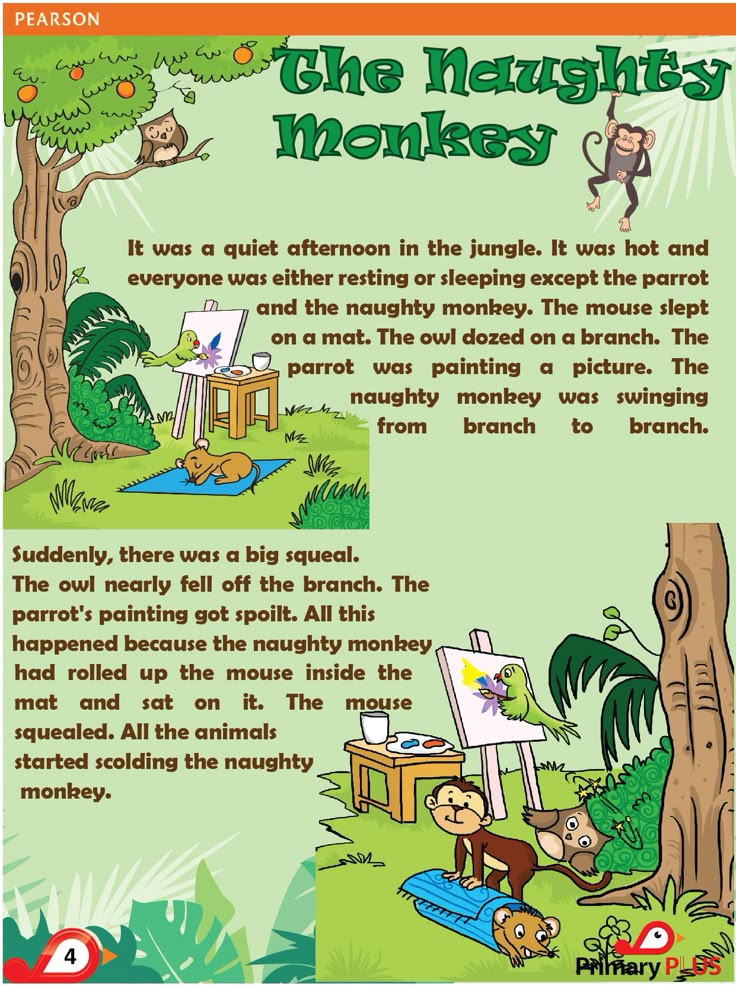
/List/Fake-Healthy-Foods/
corn flakes and "Children's menu": than you should not dig up a child
Each dachshund need a house
Author: Elena Matveeva
How much: 375 r
Where to buy: in Bookvoed
Elena Matveeva specializes in teaching children to read: she is not only a children's writer, but also a developer of Russian language and reading textbooks for elementary grades. In this book, the author helps to move from reading by syllables to ordinary texts: the words are already written “in an adult way”, but the sentences are still simple and short, and a complete story is placed on the page.
The protagonist of all the stories is the dachshund Lamba, who gets to know the world around him: he sees icicles for the first time, meets an ill-mannered goose and helps his owners with cleaning. Each story is accompanied by a large colorful illustration: if reading is tired, you can look at the pictures and try to guess what the next story will be about.
What to read at 6 years old
Six years is a transitional year between kindergarten and school. Toddlers are preparing for the first grade and developing skills that will be useful in the classroom: for example, to hold attention longer and read confidently - not only aloud, but also to themselves.
Long texts can still be difficult, but books with a gradual development of the plot will definitely work: in the choice of publications for a six-year-old reader, it is not necessary to be limited to one-page stories - you can offer more extended stories.
Super usual day
Author: Beatrice Alemana
How much it costs: 880 r
Where to buy: in “Read City”
Beatrice Alemana-artist and author of children's books, in her works of illustrations are not decorated text, but play the same important role in history as words. A Super Ordinary Day is no exception: although there is very little to read, the book unfolds a full-fledged story about turning a gray and boring day into a bright and saturated one - including literally, at the level of colors and colors.
The protagonist is an ordinary boy who is bored at the dacha: it is raining outside, his mother is busy with work, and all he has left to do is play the console. But everything changes when the hero is on the street, and the prefix - alas! - falls out of the pocket: the world around begins to change and show its secrets and miracles.
The book is better to read without parents: the story that life outside of computer games is no less interesting and exciting, looks more convincing if you see it through the eyes of another child, rather than hear it from adults.
Bruce goats go to school
Author: Björn Rurvik
How much it costs: 580 R
Where to buy: on the Samota Publishing House
“Kozliki Bruce go to school” - another book, in the book, in the book, in in which illustrations and text tell a story together, but are much less classical in both content and image style. The pictures in the book are drawn as if the same preschooler was working on them, and the writer is not shy about toilet humor and other children's jokes: they may seem strange to parents, but they will definitely cause laughter in kids.
The plot is about three goat brothers who go to school for the first time, although they do not really want to. There they face a variety of situations: for example, they try not to get lost in the corridors on the way to the toilet, or they learn scary stories about the new director from high school students.
All this will help a preschooler to imagine what the classes really look like and get rid of anxiety in front of the unknown: goats successfully cope with all difficulties, and laughter helps to overcome any fears.
What to read at 7 years old
At the age of seven, children go to school for the first time: they adapt to new tasks and conditions, get used to stress and start reading much more - though, first of all, textbooks.
So that reading is not limited to lessons, it is better to dilute cognitive literature with entertaining stories from the life of peers or fairy tales - seven-year-old readers still respect them.
My happy life
Author: Ruse Lagercrantz
Price: 434 R
Where to buy: in the "Labyrinth"
"My Happy Life" is a book about a first grader Dyunne, who every evening remembers the happy events of her life and even writes them down in a special notebook.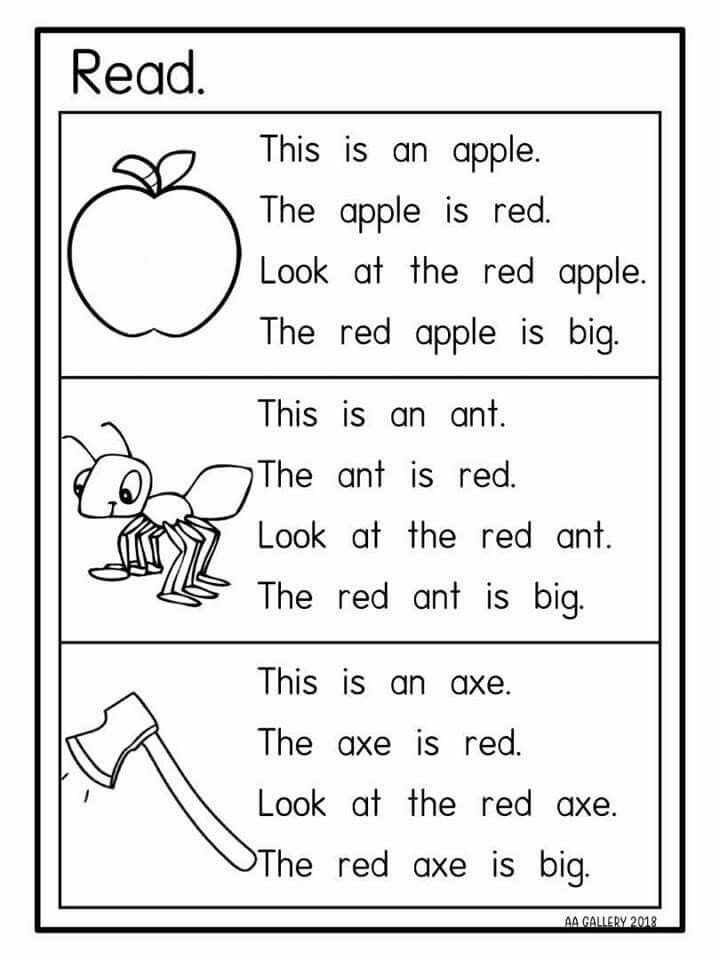 True, sometimes something sad happens to her: for example, her best friend moves to another city, and while playing football, Dunne breaks her head. And although throughout the book the girl experiences different feelings, in the end the feeling of happiness returns to her. The story helps readers to see that everyday troubles can be fixed, and global troubles can be overcome, even if right now they seem hopeless.
True, sometimes something sad happens to her: for example, her best friend moves to another city, and while playing football, Dunne breaks her head. And although throughout the book the girl experiences different feelings, in the end the feeling of happiness returns to her. The story helps readers to see that everyday troubles can be fixed, and global troubles can be overcome, even if right now they seem hopeless.
Despite the seriousness of the issues discussed in the book, it is written very lightly and concisely. Chapters take up five or six pages, half of which is devoted to illustrations. And for readers who can handle My Happy Life in no time, there are sequels. In each subsequent book, the text becomes a little larger: this helps children gradually get used to reading, while all attention is focused on the events of the life of their beloved heroine.
/list/chemu-nauchitsya-za-kanikuly/
Children's camps, in which they will teach to prepare, program and shoot cinema
Letters only for their
Author: Toon Tolylegen
How much cost: 914 r
Where to buy: in Labyrinth
“Letters only for their own” is an unusual book, most of which is occupied by letters: on long winter evenings, forest dwellers write them to each other.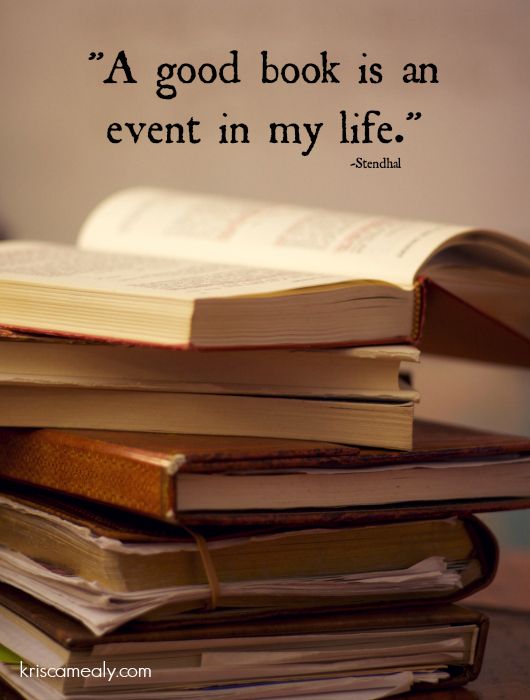 Although the letters are small in size, readers have something to think about: for example, what did the squirrel want to say in the letter, repeating only two words - “dear” and “ant”? Or who will receive a letter from a carp addressed to "the one in charge of water"?
Although the letters are small in size, readers have something to think about: for example, what did the squirrel want to say in the letter, repeating only two words - “dear” and “ant”? Or who will receive a letter from a carp addressed to "the one in charge of water"?
The book has a very cozy and trusting atmosphere that will help the child take a break from noisy school days and switch to a quiet home mode. And following the example of the heroes, the child himself may want to send someone a letter: a good reason to hone your spelling skills in a playful way.
What to read at 8 years old
By the second grade, the child is already getting used to school, and curiosity comes to the fore.
Both books devoted to certain topics, such as space, dinosaurs or pirates, can satisfy interest in the world, as well as more extensive encyclopedias if the student has not yet decided on the object of close attention or parents want to introduce him to something new.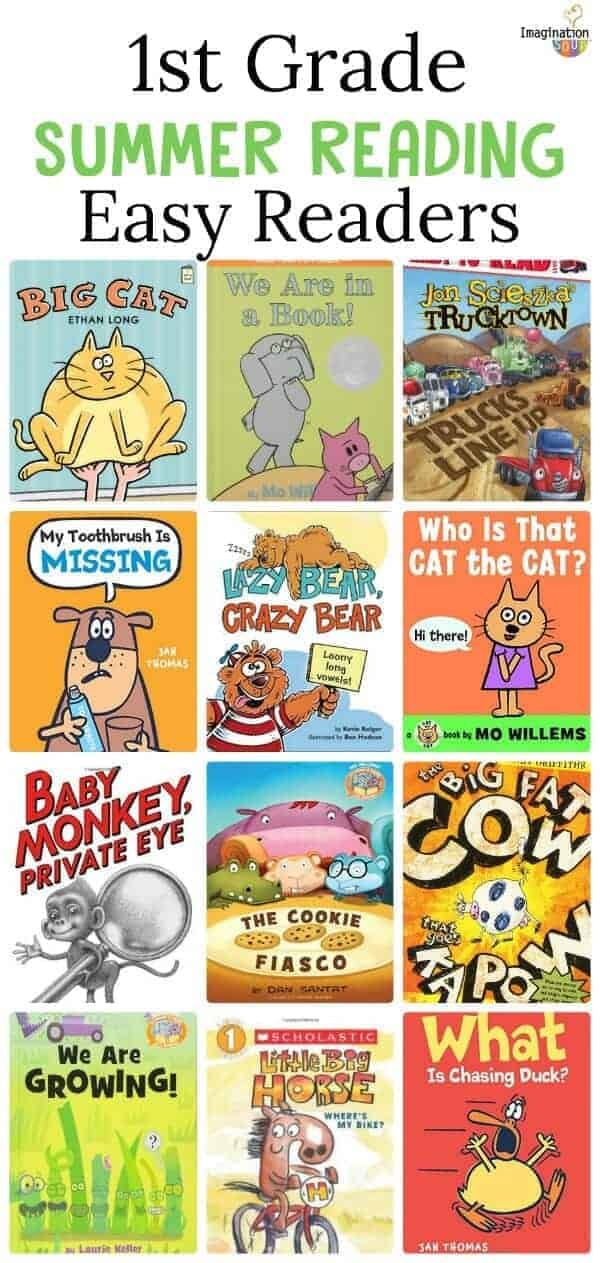
Theater of the human body
Author: Maris Wicks
Price: 771 R
Where to buy: in Read City
"The theater of a large human body" is a comic through theatrical performance. The main actor is a skeleton, with each new performance he "puts on" new layers - muscles, blood vessels, organs and, finally, skin, in order to become a full-fledged person in the finale.
Thanks to the book show format, the authors manage to tell complex details about the structure of the human body in such a way that even elementary school students will understand and remember them: without simplifying them, as in books for kids, but without delving into the smallest details, as in medical encyclopedias.
Night: a book about sleep and the secrets of darkness
Author: Laura Ertimo
Price: 2170 R
Where to buy: in the Moscow Book House
The text on the pages of the encyclopedia is diluted with black-and-white artistic illustrations that support the theme of the book even in colors. Although some images help to better understand the material, mostly the pictures create a mysterious and mysterious atmosphere - the book will be interesting both to read and just flip through.
/list/ya-tebe-ne-veryu/
“When you give birth, everything will pass”: 6 dangerous myths about women’s health
The story of an old apartment
Authors: Alexandra Litvina, Anna Desnitskaya
How much: 1400 R
Where to buy: on the website of the Samokat publishing house
The History of the Old Apartment is a visual historical encyclopedia of the 20th century of Russia. Using the example of one Moscow apartment, the authors showed how the life of its inhabitants changed: from small details of everyday life to the influence of large-scale events in which all the inhabitants of the country were somehow involved.
Readers get some of the information from the text, and some from looking at picturesque illustrations. The book can be safely offered to the child in addition to the school history course, without worrying about the accuracy of the facts and the degree of reliability: when working on its creation, the authors were guided by archival documents and photographs.
Parent-only mailing list
We tell you how to cope with parenthood and get the most out of the government. We send letters once a week - subscribe, it's free
What to read at 9 years old
By the age of nine, children usually already read confidently and do not get tired of voluminous texts. True, it can still be difficult to hold attention for a long time: so that the child does not abandon the book at the beginning of the first chapter, it is better to choose literature with a dynamic plot, vivid characters and memorable stories.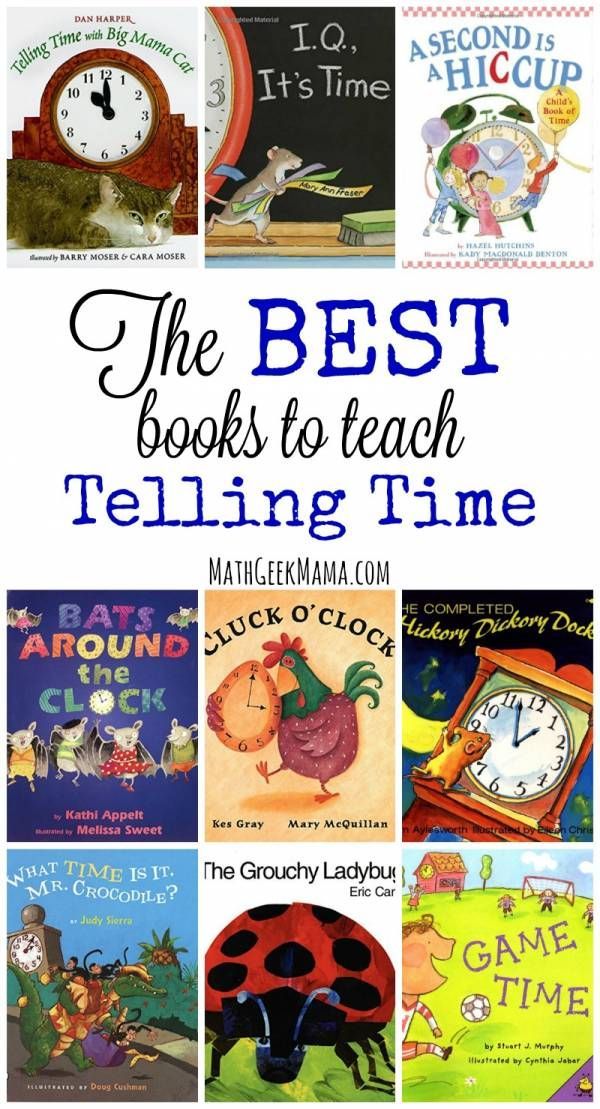
Zipoli tribe
Author: David Nel Luo
How much it costs: 702 R
Where to buy: on the website of the Publishing House "Mann, Ivanov and Ferber"
in the main character of ZiPly tribe is recognized novice readers: the whole family of Guillermo loves to read, and he does not find pleasure in such leisure at all. But everything changes when the boy finds an unusual book: to everyone who opens it, she tells her story about the exotic Zippoli tribe - and Guillermo, of course, decides to find out what plot the book has prepared for him.
The author of The Zippoli Tribe has succeeded in doing the near-impossible—creating a book that encourages children to read. The secret lies in the combination of simple text, an imperfect hero, and a compelling plot that leaves room for the imagination: some of the stories inside the book break off at the most interesting point, inviting readers to finish them on their own.
Let's go to Unalaska
Author: Anna Dyer
Price: 621 Р
Where to buy: in the "Labyrinth"
"Let's go to Unalaska" is an exciting detective story about the search for a grandfather, whom the hero has never seen. But not only: while investigating, third grader Mark simultaneously comprehends the relationships within his family. The hero talks about how he spends time with his divorced parents in different ways, why he sometimes does not want to go to his grandmother and how he reacts to quarrels between adults because of him - in a word, about all those situations that are well known to many of his peers.
Not only the situations will seem familiar, but also the details that fill the book: Mark plays Minecraft and watches Gravity Falls, and his photos are constantly on his mother's Instagram. All this helps the hero to become even closer to young readers and show adults how they look in the eyes of children.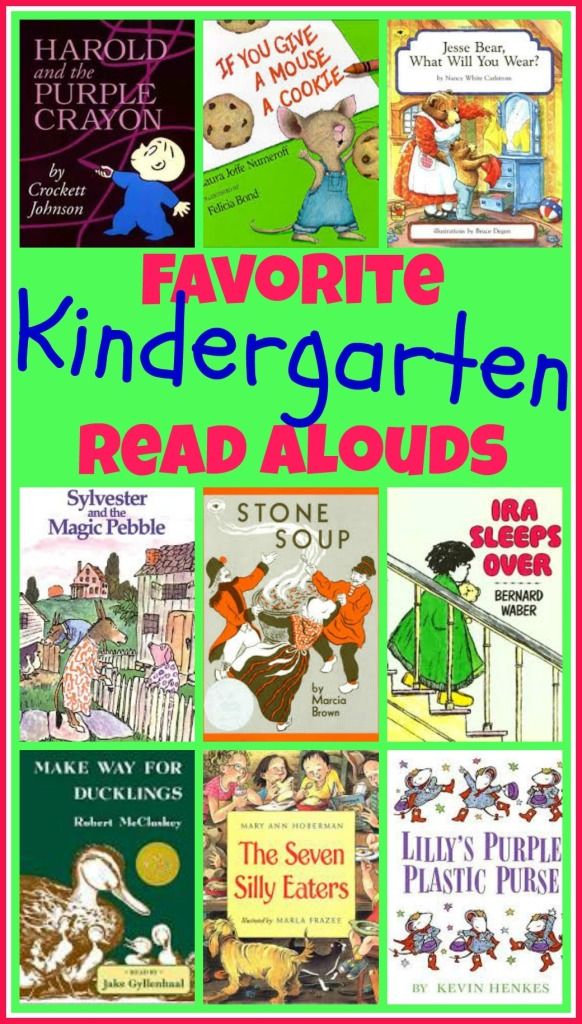
What to read at 10
Ten years is the last year of elementary school and the threshold of adolescence. Readers' attention begins to be occupied not only by unexpected plot twists, but also by the subtleties of the relationship between the characters.
At this time, it is already possible to offer the child books that raise difficult questions and do not give a final answer to them: such texts will be interesting both to read on your own and later to discuss with your parents.
Paper Boys
Author: Vince Wounter
How much it costs: 665 R
Where to buy: on the website of the Publishing House "Mann, Ivanov and Ferber"
"Paper Boy" - an autobiographical novel about a boy with stuttering: due to the peculiarities of speech, it is difficult for him to communicate and make friends with other people. But one day the hero has to replace his only friend as a paperboy - this job forces the boy to talk to strangers and helps to discover the secrets of human relationships, and in the end to find his own voice.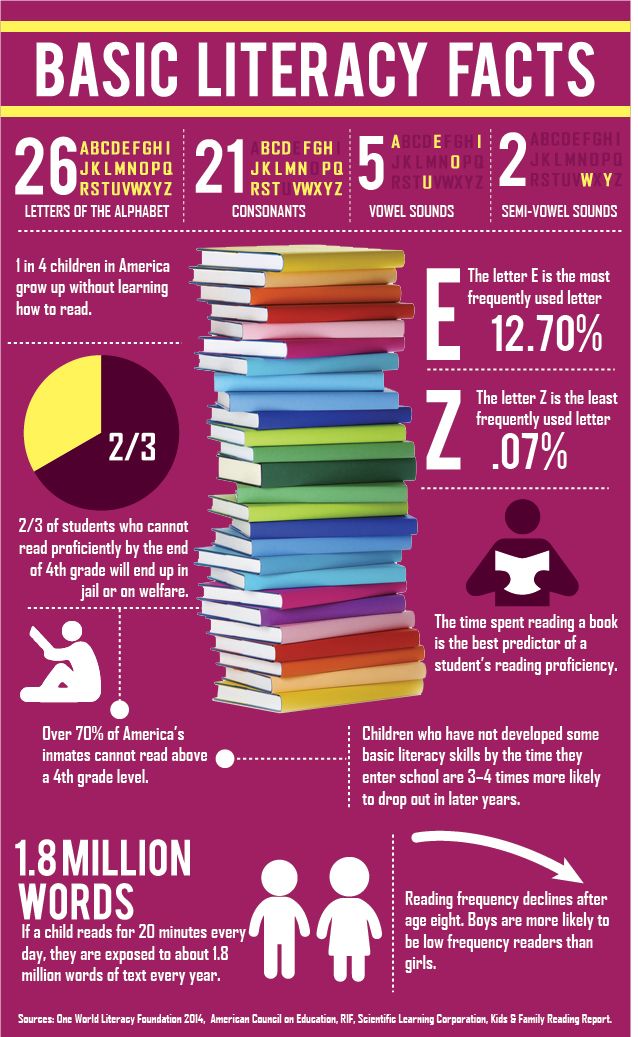
The book is written from the point of view of an eleven-year-old hero who pours his soul onto paper using a typewriter. His written language is often chaotic, but at the same time free - in contrast to oral conversations, during which he is hindered by stuttering. And in order to feel at least in the letter his power over the language, the boy refuses commas and other punctuation marks that force pauses: be prepared for the author's punctuation.
The novel will help to discuss with the child the issues of growing up, friendship and communication with other people that concern everyone, and the difficult situations that people with certain characteristics face. The narration on behalf of a non-standard hero will help to see the world from an unusual side, and also to discover that external differences are not at all the main thing.
/List/Free-FOR-KIDS/
Walk a family in a cafe and not go broke: 7 Moscow institutions with free children's menu
PAKS
Author: Sarah Pennipaker
How much cost: 850 P
where buy: on the website of the publishing house "Samokat"
"Pax" is not a very voluminous, but large-scale book that covers many complex issues at once: how war affects the lives of children and adults, what is the relationship between man and wildlife really why people betray and whether any mistake can be corrected.